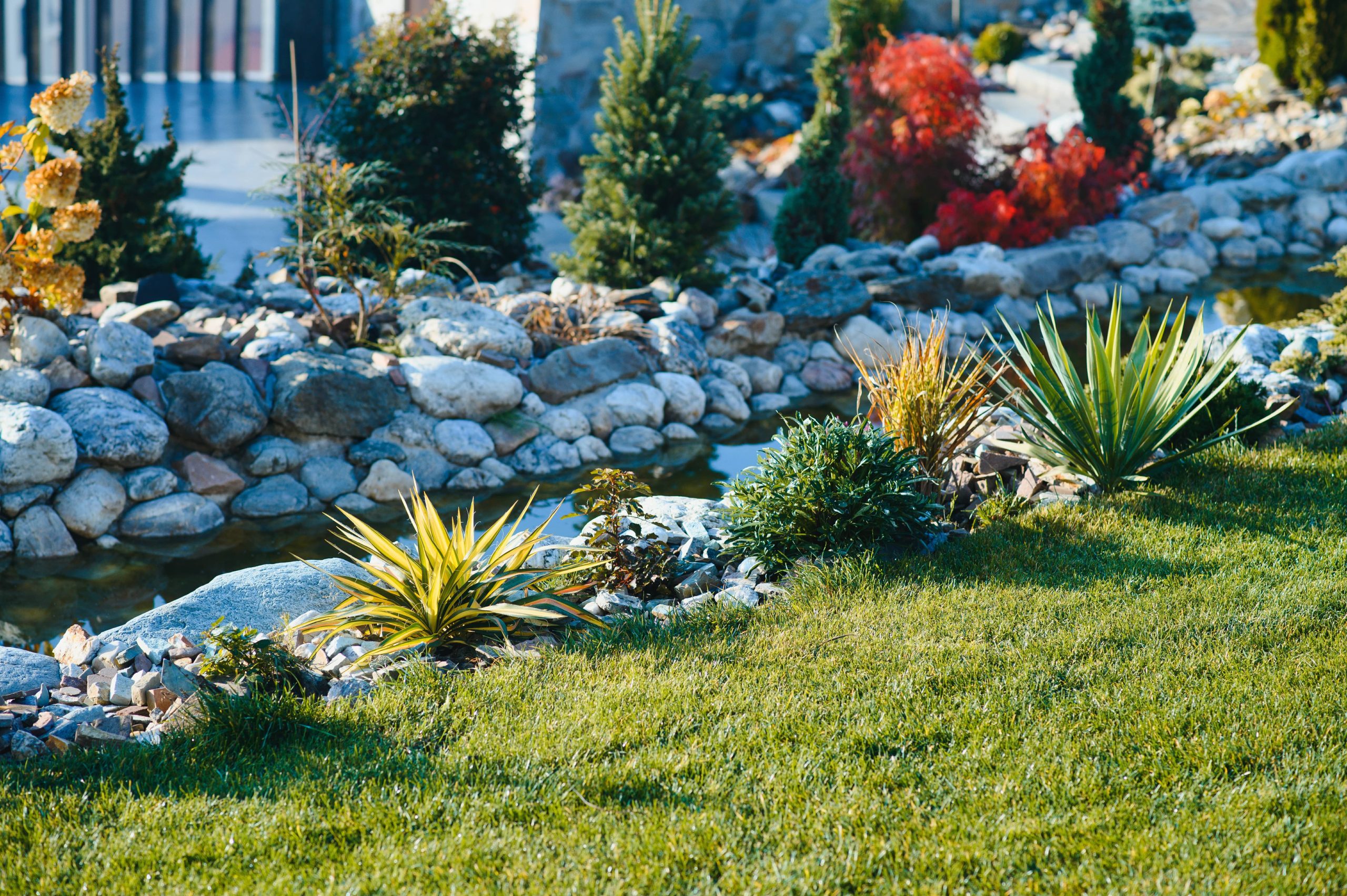
Having a lush, green lawn is a point of pride for many homeowners and gardening enthusiasts. However, selecting the right type of grass can be daunting given the myriad of options available. The choice you make will significantly influence the appearance, maintenance requirements, and overall health of your lawn. Whether you’re starting from scratch or looking to improve your existing garden area, choosing the right grass is foundational to a thriving landscape. In this post, we’ll explore the essential factors to consider when selecting grass for your lawn and provide insights into various grass types suitable for different conditions.
Understanding Your Environment
The first and foremost consideration in choosing the right grass is your environment. Grass is not a one-size-fits-all proposition, and factors like climate, soil type, and sunlight exposure play a deciding role.
1. Climate: Different grass species thrive in varying climates. There are generally warm-season grasses and cool-season grasses. Warm-season grasses, such as Bermuda, Zoysia, and St. Augustine, flourish in southern climates with hot summers. Meanwhile, cool-season grasses like Kentucky bluegrass, fescue, and rye grow best in Northern regions where the temperatures are milder.
2. Soil Type: The soil type in your yard affects the grass’s ability to establish and thrive. Conduct a soil test to determine whether your soil has high clay content, is sandy, or rich in loam. Adjusting the pH level and nutrient composition to suit the grass type you choose can make a dramatic improvement in health and growth.
3. Sunlight Exposure: The amount of sunlight your lawn receives is another critical factor. Some grass varieties require full sunlight, while others can tolerate shade. Knowing whether your lawn is mostly sunlit or shaded will help narrow down your grass choice.
Lifestyle and Maintenance Considerations
The amount of time and effort you’re willing to invest in lawn care also significantly influences the type of grass that is right for you.
1. Durability and Use: Consider how your lawn will be used. If you have children or pets who play frequently on the lawn, opting for a more durable, wear-resistant grass like Bermuda or Kentucky bluegrass is advisable. These grasses can withstand the constant foot traffic better than more fragile varieties.
2. Maintenance Requirements: Different grasses have varying mowing, watering, and fertilizing needs. Warm-season grasses generally require less frequent mowing and are more drought-resistant, reducing watering frequency. Conversely, cool-season grasses can demand more seasonal maintenance, such as overseeding.
3. Aesthetic Preferences: The texture and color of your grass also contribute to your lawn’s overall appearance. Fine-textured grasses like fescue give a lush, carpet-like quality, while coarser types like buffalo grass provide a more rustic look. Consider what aesthetic fits best with your home and garden design.
Top Grass Types and Their Characteristics
To facilitate your decision-making, let’s delve deeper into some popular grass types, their characteristics, and their suitability:
1. Bermudagrass: Suited for warm climates, Bermuda is a popular choice for its resilience and beauty. It grows quickly and can handle heavy foot traffic. However, it can be invasive, so it requires periodic edging.
2. Zoysiagrass: Known for its dense growth and drought tolerance, Zoysiagrass is a great choice for sunny areas. It’s low-maintenance but can be slow to establish.
3. St. Augustine Grass: Preferred in southern coastal areas, St. Augustine is tolerant to shade compared to other warm-season grasses. Its broad, lush blades create a dense lawn, although it requires more frequent mowing and watering.
4. Kentucky Bluegrass: A popular cool-season variety, Kentucky bluegrass boasts a rich color and fine texture. It requires regular watering and fertilization but rewards with a visually appealing lawn.
5. Fine Fescue: Popular in cooler climates, fescue varieties are shade tolerant and have a fine blade texture. They are ideal for less sunny yards and provide a soft, lush surface.
6. Ryegrass: Often used for overseeding due to its fast germination, ryegrass is excellent for transitional areas. It is, however, more prone to diseases and pests, requiring diligent maintenance.
Sustainability and Eco-Friendliness
With growing environmental concerns, many homeowners are leaning towards sustainable and eco-friendly lawn solutions. Native grasses that are well-suited to local climates usually require less water and fewer chemicals. Consider options like buffalo grass or eco-lawn blends if sustainability is a priority.
Final Thoughts
Choosing the right grass for your lawn is a balance of environmental conditions, personal preferences, and lifestyle considerations. By understanding these factors and the characteristics of different grass types, you can select a variety that will enhance your home’s beauty and require an attainable level of care.
As always, feel free to experiment a little. Sometimes a mix of grass species can offer solutions to diverse lawn conditions, creating a robust and adaptable landscape. Remember, creating a lawn you love is a journey, not a destination. Happy gardening!







